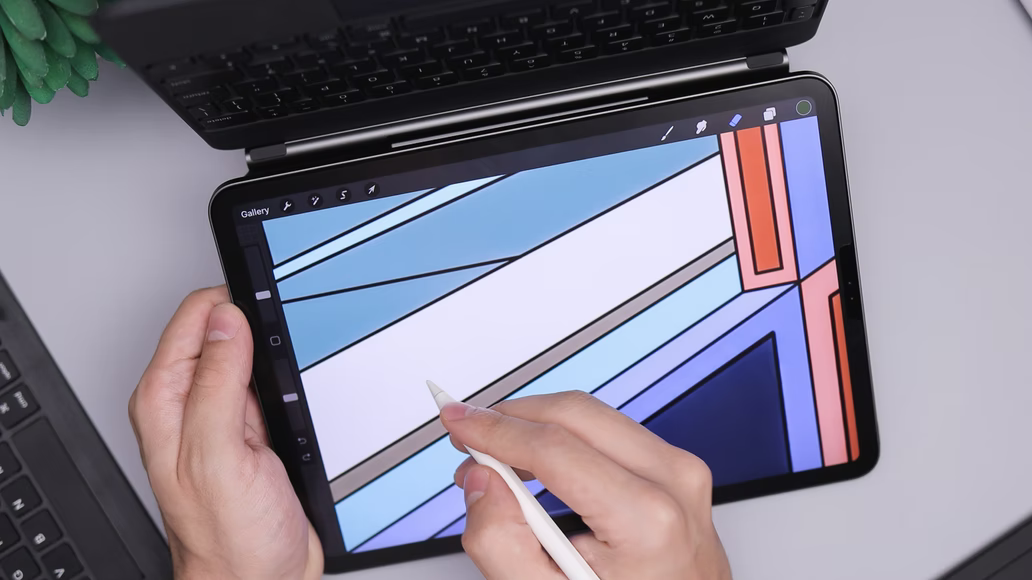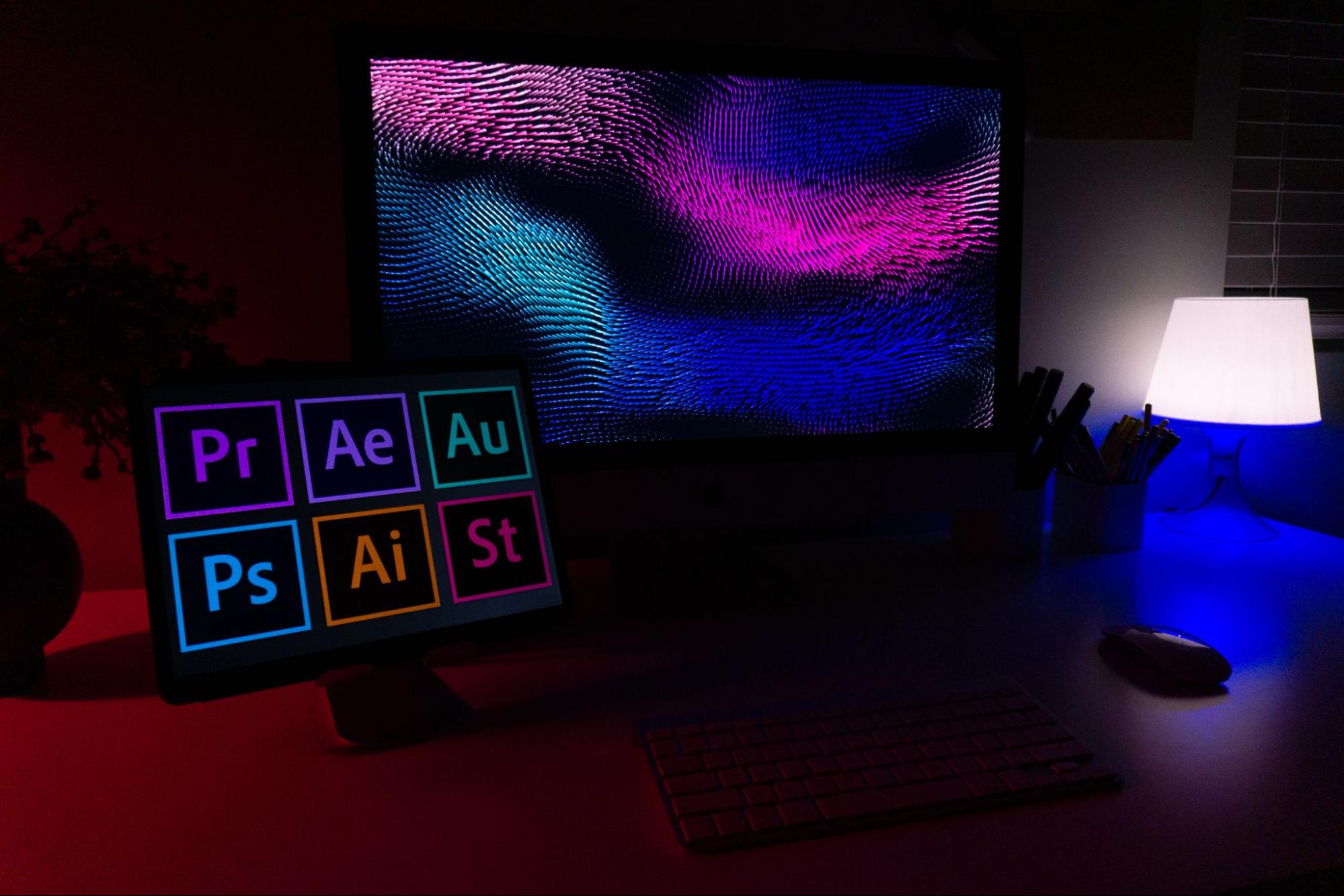What You Need To Know About Graphic Design Copyright
Stealing design is increasingly rampant, especially in today's digital space. People can easily copy and modify graphic designs they see online. This is why you have to know graphic design copyright to protect your visual materials.

Graphic design is a significant aspect of a brand's identity. 49% of small to medium businesses see graphic design as vital to their success. Investing in graphics means that you also have to protect them by knowing the basics of copyright.
After creating a logo, banner, or marketing materials, copyright them to prevent the unlawful use of your graphics. Whenever competitors or any other entity copies your designs, you can easily take action against them.
Is Graphic Design Intellectual Property?

Creating design in whatever form is considered intellectual property. Original graphics can be any of the following that a designer may produce:
- Logo
- Animated images
- Vector graphics
- Motion graphics
- Charts and data visualization
Each of these graphic design outputs is intellectual property. Laws protect the use of these graphics, provided that a designer created them originally, either from scratch or from a baseline inspiration.
Also, there are two definitions you need to remember: copyright and trademark. Both terms protect the original design, who created them, and the entity that owns the design.
Let's get to know the difference between these two interchangeable terms. They are both used to take ownership of a graphic design asset.
Copyright
The term copyright refers to the original piece of artwork or graphic design. Copyright owners hold the license on how they want to use or reproduce the design. It's basically in the word itself, which is the right to copy a graphic design.
If you own the copyright to a design, you have the full right to what you want to do with it. However, it will be a challenge when it comes to graphics that have a similar design. This usually happens in buildings or fashion, where Mach Architecture and designers have a limited number of shapes they can modify.
While it's hard to distinguish between designs that are way too similar, iterations or inspired work can be acceptable. The catch here is as long as the replicated design does not have any visible resemblance to your original craft. Only when the other design has minimal iterations or looks almost exactly as your work can you claim copyright.
Trademark
Trademark, on the other hand, associates a design to an organization. It's about identifying a specific graphic design work, such as a logo for a company that represents it. Essentially, the entity instrumental in creating the design owns it as their trademark.
Any graphics that signifies or becomes a recognizable identity of a company becomes its trademark. The trademark will relate to the exact logo that only the company owning it can use to present its products or service.
In a broader view, a trademark is the name or image of a business. Copyright is more of the ownership of a piece of graphics or artwork. Both, however, are important that a business should have to protect.
How Does Copyright Work for Design?

Protecting any design output will depend on who created them first or whose work became the baseline for another design. Copyright infringement is one of the policies that countries provide for different industries. In various countries and territories around the globe, copyright laws protect a graphic design in varying circumstances.
As an example, the United States declares the following as covered in their Copyright Law:
“Pictorial, graphic, and sculptural works” include two-dimensional and three-dimensional works of fine, graphic, and applied art.
The copyright protection will apply if a designer, for instance, created a logo in Illustrator, Photoshop, or another electronic form and there's a visible or finished output.
Even if graphics are not physical assets, you can see them with your naked eye. That makes it a visible asset that you have to protect. It even becomes tangible when, for example, you put up signage or billboard that contains your logo. For this reason, you can own the graphics that you create similar to any other creative properties such as music, film, or videos.
This is why companies have to own their creatives fully. They have to ensure that other organizations won't copy or plagiarize the design creatives that they produce for their brand. Particularly for competitors, who might leech off well-known graphics that you had designed for your organization.
Companies want to protect the design they have made for their use. Other entities should not use them. Also, if you have a business, you must refrain from using or creating a logo or any graphics similar to an existing brand.
So with that, who is going to own the copyright to a graphic? Does graphic design copyright mean protecting the work of a designer? What about the client? Let's get to know the difference between their ownership.
Who Owns the Copyright to a Graphic?

There are at least two owners to a graphic design output. It can either be the designer who created them or the client responsible for producing said graphics.
Here's the difference between the designer and the client if you're asking who has to take ownership.
Is it the designer?
Designers who create artwork on their own have the rights to the designs they produce. The designer owns the work that they created solely for their purpose. This includes graphics they designed themselves to be a sample portfolio or as artwork. However, if a client paid for the output - such as logo creation - it will become the client's property regardless of who designed it.
Or is it the client?
Graphic design copyright will belong to the client when they have a designer create one for them. Most of the time, companies have graphic designers work on their logos and creatives. When designers work on a logo, banner, or any graphic design output, the client who instructed them to produce them will own the copyright. It will be up to the client on how they will protect the graphic design that they have the designer create for them.
In most cases, it's the client who will own the copyright to a design. Graphic designers typically produce several graphics for companies and organizations. Companies pay designers to create visual assets they can use to present their business to the public. This is why, as a client, you must understand graphic design copyright laws and why you should register them when necessary.
Why Is It Important for Graphic Design Clients To Understand Copyright Laws?
Graphic designs, such as logos, are the identity of a company. Their target consumers identify the brand according to the logo and associated graphic designs.
Copyright laws protect companies from unauthorized use of their designs. Without graphic design copyright, people and third-party firms might proceed to use these designs. And when they do, it might lead to misrepresentation of what your brand is all about. Worse, consumers might mistake your competitors as your brand and have them switch over to them.
You can't risk having customers mistaken your brand for another once they copy yours. On the other hand, it's also important that your graphics are unique only to your business. No other organization should ideally have the same graphic or design form that you have.
Clients have to be knowledgeable of how to protect their graphic designs. This way, they can take action against any unscrupulous use of their creatives. Depending on the policies of your locality, you can register the logo or graphics. Alternatively, you should also ensure you have unique creatives to avoid getting sued.
In Closing
Trust the experts when it comes to producing graphics that follow graphic design copyright policies. Instead of going with fly-by-night agencies or freelancers, go for reliable providers.
On-demand graphic design firms such as Delesign can provide you with anything from logos to motion graphics for your business. The subscription service will help you craft a unique, recognizable identity that will best represent your brand.




